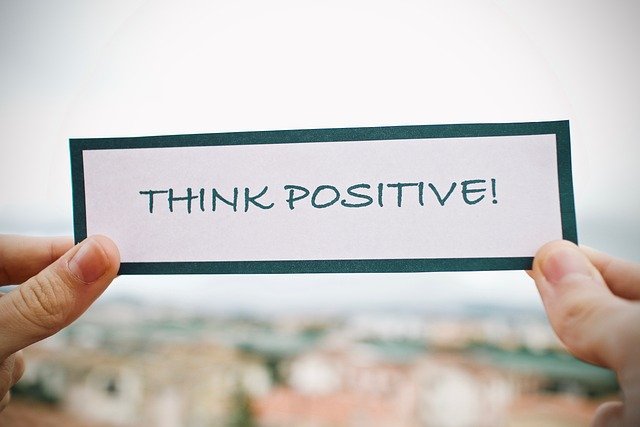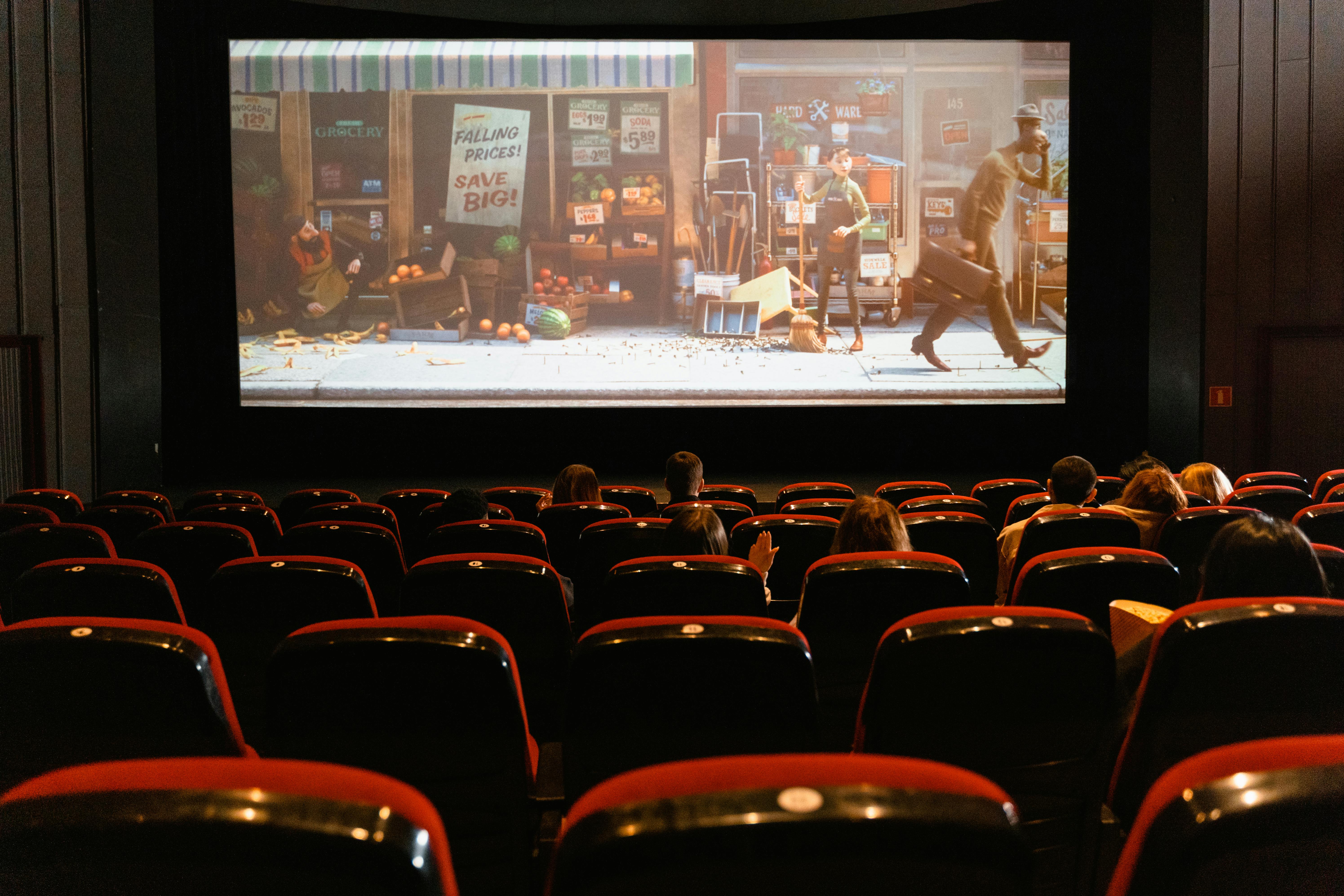Understanding and Managing Anxiety: A Modern Primer
Anxiety is a term that has entered common parlance, often used to describe feelings of unease, worry, or fear. It is natural to experience these emotions during stressful situations. However, when these feelings persist, interfere with daily life, and exist without any apparent reason, it may indicate an anxiety disorder. Understanding anxiety, its causes, and management strategies is crucial as it is one of the most prevalent mental health conditions globally.

The Historical Context of Anxiety
The concept of anxiety is not a modern invention. Ancient philosophers such as Socrates and Hippocrates discussed symptoms akin to anxiety disorders. The Greeks even had a word for it — “agoraphobia,” a term still used today to describe the fear of being in situations where escape might be difficult.
However, the understanding of anxiety evolved significantly during the 19th and 20th centuries. The term “anxiety neurosis” was first introduced by Sigmund Freud, who believed that anxiety resulted from repressed and unresolved psychological conflicts.
In the mid-20th century, the focus shifted towards understanding anxiety as a response to stress and external stimuli. This shift was influenced by two World Wars and the Great Depression, events that caused widespread anxiety and stress.
Today, anxiety is recognized as a medical condition with various forms, including generalized anxiety disorder, panic disorder, and social anxiety disorder, among others. It is diagnosed based on specific clinical criteria outlined in diagnostic manuals like the Diagnostic and Statistical Manual of Mental Disorders (DSM-5).
The Prevalence and Impact of Anxiety
Anxiety disorders are among the most common mental health conditions worldwide. According to the World Health Organization, an estimated 264 million people globally suffer from an anxiety disorder. This prevalence has increased over the past few years, possibly due to growing awareness and reduced stigma around mental health.
The impact of anxiety is far-reaching. It can affect an individual’s physical health, leading to symptoms like headaches, stomach issues, and sleep disturbances. Moreover, it can interfere with daily activities, work productivity, and interpersonal relationships.
Societally, anxiety disorders contribute significantly to healthcare costs and economic productivity losses. Research suggests that the economic burden of anxiety disorders in the United States alone is over $42 billion annually.
Current Trends in the Treatment of Anxiety
Treatment for anxiety disorders has evolved over time. Initially, treatments focused on psychoanalysis, a form of therapy developed by Freud. However, the advent of cognitive-behavioral therapy (CBT) in the 1960s marked a significant shift in the treatment paradigm. CBT is now regarded as the gold standard for treating anxiety disorders due to its robust empirical support.
Pharmacological treatments for anxiety have also advanced. Benzodiazepines and selective serotonin reuptake inhibitors (SSRIs) are commonly used medications. However, there is growing interest in new and alternative treatments. For instance, there is exciting research exploring the potential therapeutic effects of psychedelic substances like psilocybin and MDMA on anxiety disorders.
Digital therapeutics, such as smartphone apps delivering CBT, are also gaining traction. These tools can increase accessibility to treatments, particularly for individuals in remote areas or those unable to afford traditional therapy.
Unique Insights Into Anxiety
Interestingly, not all aspects of anxiety are negative. A moderate level of anxiety can serve as a motivator, pushing individuals to prepare or perform tasks more effectively. This concept, known as “optimal anxiety,” is depicted in the Yerkes-Dodson law, a psychological principle.
Furthermore, anxiety, like other emotions, is not universally experienced the same way. Cultural and social factors can shape how anxiety is perceived and expressed. For instance, some cultures might interpret and communicate anxiety symptoms more somatically, focusing on physical symptoms rather than emotional distress.
Coping with Anxiety in the Modern World
Managing anxiety in the modern world involves a combination of professional treatment and self-care practices. Regular physical activity, a balanced diet, adequate sleep, and mindfulness practices like meditation can all contribute to reducing anxiety symptoms.
Social support is also crucial. Connecting with others, whether through support groups or personal relationships, can provide emotional assistance and reduce feelings of isolation. Importantly, seeking help from a mental health professional when needed is vital.
In conclusion, understanding and managing anxiety is a complex process that requires a multifaceted approach. As our understanding of this prevalent condition continues to evolve, it is hoped that stigma will decrease, and access to effective treatments will increase, improving the quality of life for those affected by anxiety disorders.





